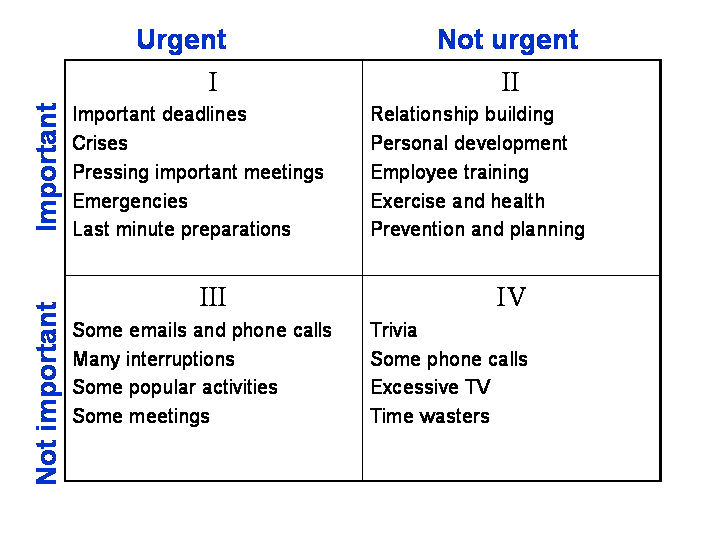- Home
- 7 Steps of Goal Setting
- Franklin Covey
Franklin Covey System - Is it right for you?
The Franklin Covey System was inspired by Benjamin Franklin and popularized by Stephen Covey in principle #3 of The Seven Habits of Highly Effective People. In a nutshell this system is about being very clear on your goals and then ensuring that you spend much of your time on these priorities.
Using the right system is important as you don’t want a system that cramps your style or dampens your productivity. In this article I will talk about:
- The basic tenets of the Covey System
- The tools required for the system
- What’s missing
- Who is best to use the system and will struggle with it
Basic tenets of the Franklin Covey System
Much of time management is concerned with the balance between the compass and the clock. The compass is about what you decide to do and the clock is about how you decide to do it.
The what is about effectiveness, and the how is about efficiency. In my mind the Franklin Covey system devotes much of it's energy to the “what”.
And this make perfect sense. Why expend effort in the wrong direction of your goals and priorities.
In the Franklin Covey System you must be very clear on your life goals and this then determines your priorities in the short term. These goals are clear before you plan for, or carry out, your tasks.
For the highest level of productivity you should aim to spend much of your time in quadrant 2 of the matrix below.

In practice, it is quite difficult to spend much of your time in quadrant 2 of the matrix as many people's work lives are very busy dealing with day-to-day urgency. This is why I suggest that you schedule one or two activities in quadrant 2 into your weekly planner or calendar in advance and then reviewing on a daily basis that you have spent enough time on these things.
The tools required for this system
The Covey Planning System is a set of paper (or electronic) tools that step you through the process of developing your personal mission, goals, and tasks in a methodical manner.
I tried using my own set of tools, namely calendar, goal planning sheet, and notebook but I found it difficult to do. When I brought their signature Franklin Covey Planners it came with a number of important planning tools such as a master task list, the monthly index, and the weekly compass - which made it more easy for me to follow the process.
There are dozens of different tools that you can use from the System including software and so it is important that you choose the right ones for you.
What's missing?
Again, like the GTD system, there did not appear to be much call for how to deal with procrastination,. While the GTD system gave me a framework to deal with my actions (which actually reduced my procrastination) this was lacking in this system.
I also did not appear to find much information about the difference between a task and project (which is an important distinction that the GTD system makes).
Who should use the Franklin Covey system?
I found it inspiring to focus on my personal mission. This system would suit those people who have enough control in their day-to-day tasks to be able to spend the time to set their goals.
As I was using the system I needed to switch quite often between Big Picture thinking and more detailed thinking. It would suit people who can do this quite easily.
In working as a time management coach with many people across different work environments it was apparent that this system would work well with a high level of organizational support or a high level of support from the team. It would suit also suit those people who are disciplined to check in on their priorities, on a daily and weekly basis.
Who would struggle with this time management system?
Somebody who has a million and one things to do and wants to get a sense of control in their workay pronto, would struggle with this system.
This system requires you to step back from the day-to-day and to consider the bigger picture of your life and overall mission. Incredibly important but for those people who struggle to do this then this would be a sticking point.
I struggled using my own tools with the Franklin Covey system. As soon as I started to use their Franklin Covey Planner and other tools it became easier to adopt. For those people who want a system that is tool agnostic then this system would be tough to master.
If you liked this article then you may also like this article on the right personal organizer to manage your time.
For more information visit FranklinCovey.
New! Comments
Have your say about what you just read! Leave me a comment in the box below.